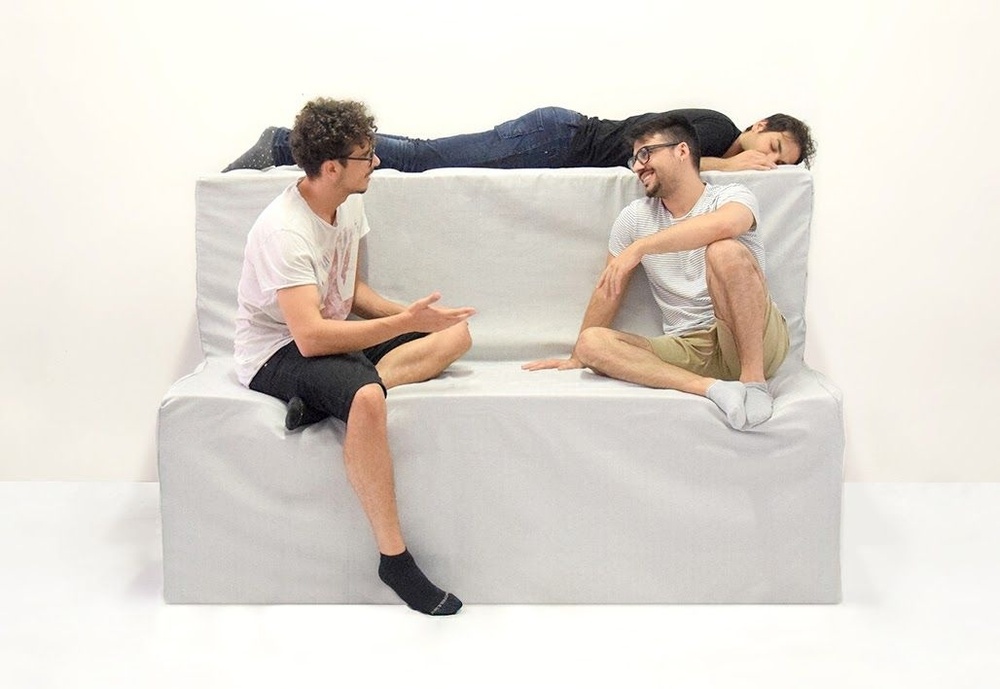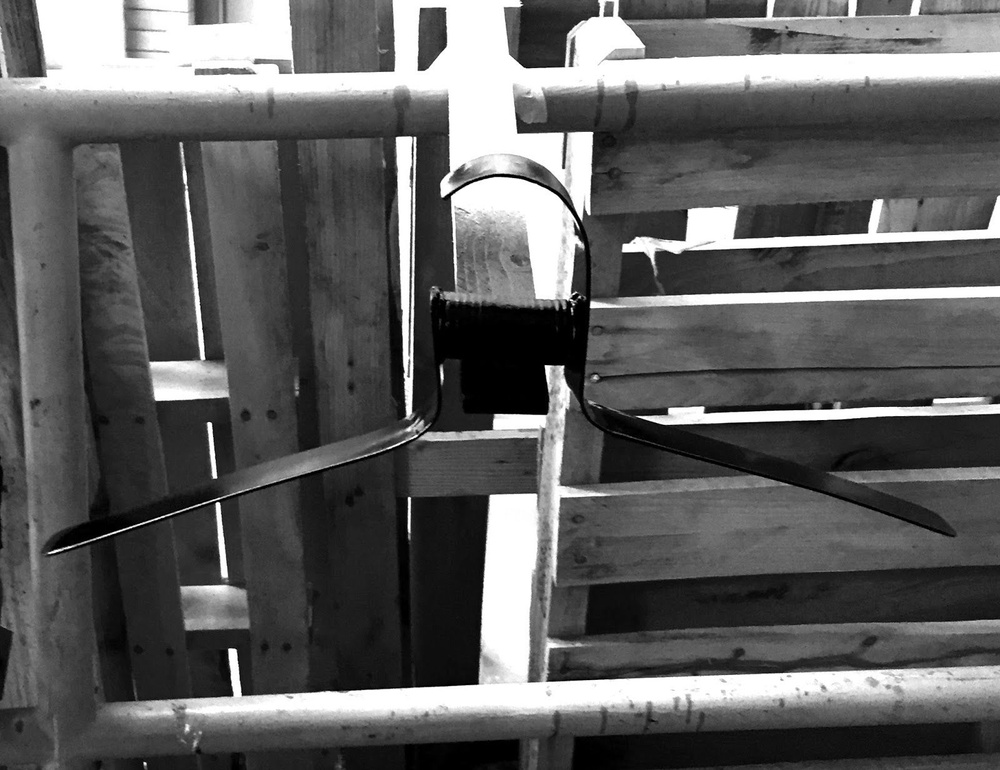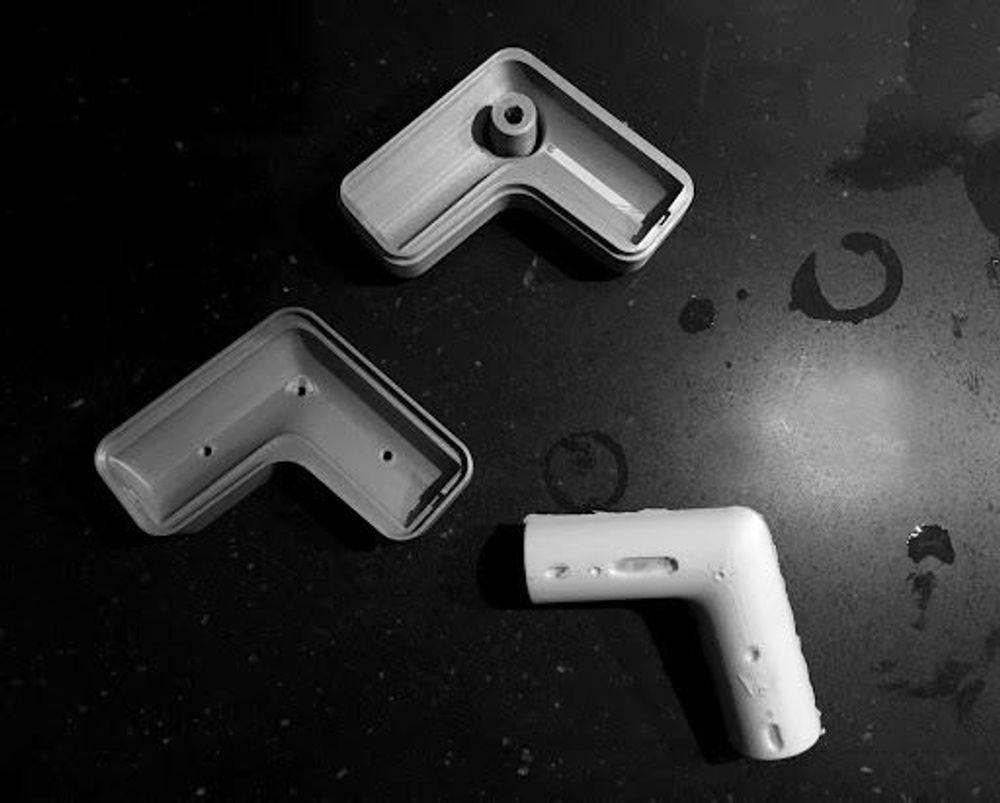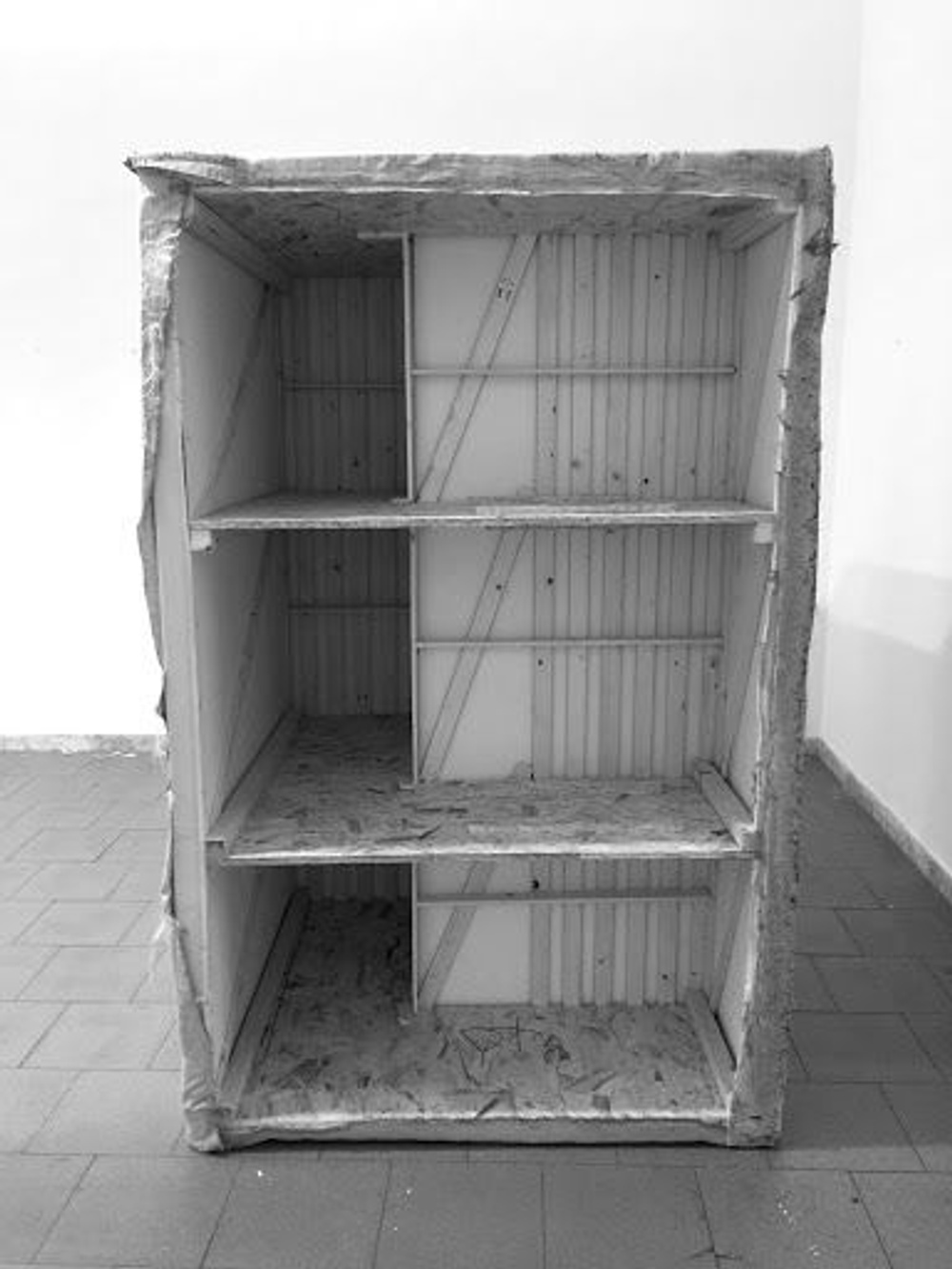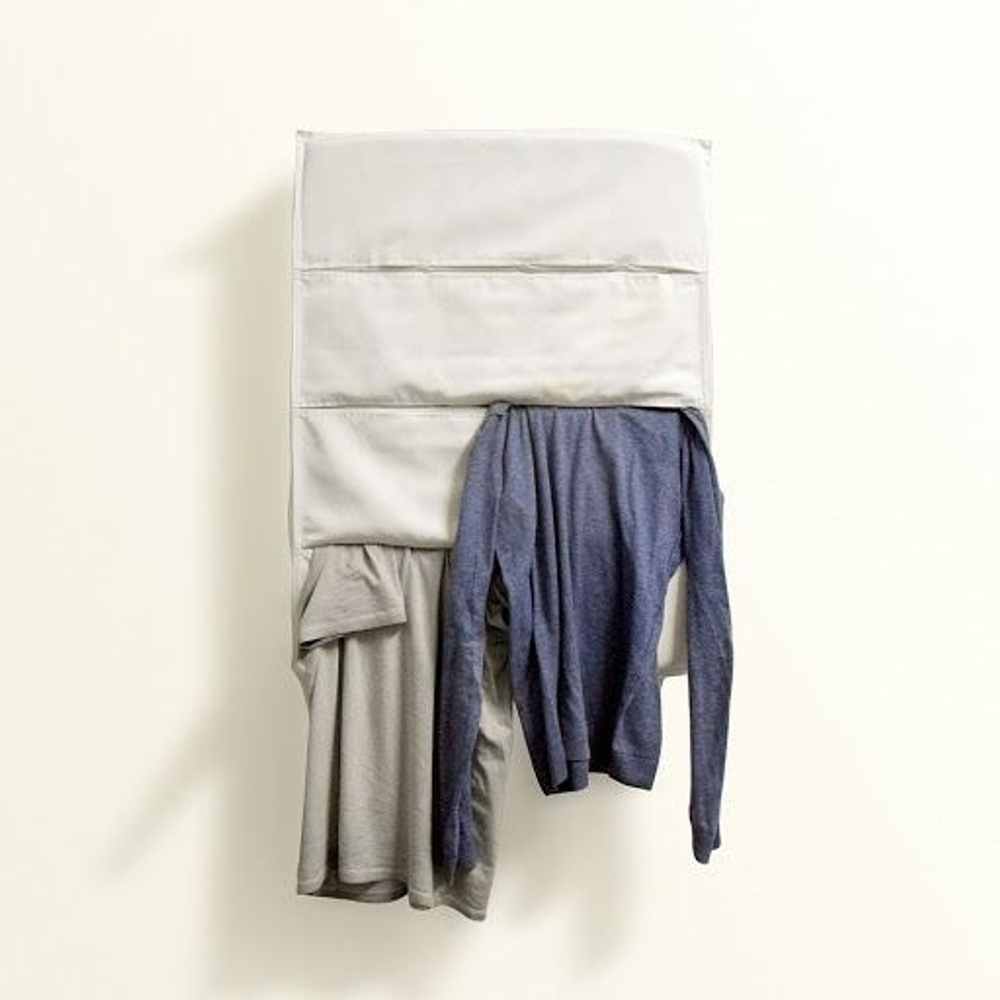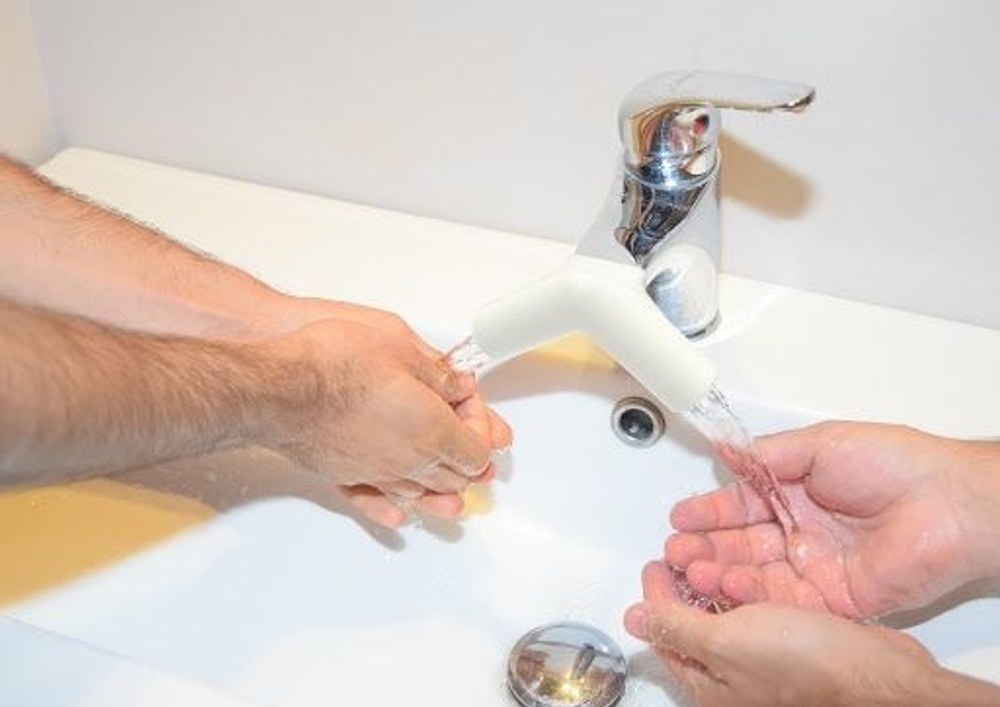The idea about designing for improvement was born from concretizing our first ideas by re-editing them and prototyping.
Let’s get into the story. It starts from our university years. We were attracted by design masters’ humanistic approach, by those simple projects born from a sudden intuition to improved everyday life, objects designed by observing social changes.
We found that contemporary design lacked a content-driven approach, focusing on the aesthetic. Instead, we wanted to do something to bring the focus back to ideas for the people. We aimed to balance the human-centered approach with simple shapes. The main goal was to underline ideas about improvement for people.
Our inspiration was the approach of Danese Milano in the 1960s. Projects with great content solved with minimal form. After graduation, we started seeing each other on weekends, with the untold goal of setting up our practice. We aimed to do simple projects, cultivating small intuitions to improve the everyday.
But how to do it? First, we need works to show our ideas. Then, we had to define what we would like to be: if to act as an independent brand or as a studio.
To overcome these obstacles, we got the common idea of putting together a selection of our university projects as a starting point. Not an original approach but an effective one to just get started. Of course, we couldn’t repropose our university projects simply as they were. We had to visualize our design philosophy.
Discussing, we chose one core idea, inspired by our design heroes, by the sixties Danese Milano approach. We aimed to work to improve daily life. That was our biggest concern, to not just work on aesthetics but think in a human-centered way. To us, a good design approach was more important than just crafting a beautiful object.
But let’s get back to our first designs. We needed some editing and redesign to achieve a family feeling. Moreover, some of the ideas were good but no proper execution.
After the selection process, we put together four projects. The next move was to simplify the whole form as much as possible, to make the design idea understandable. Renders weren’t enough. We had to craft prototypes and try them out to understand if they worked.
Prototyping with no experience is not easy, especially doing it with no money. We had to find a way to craft all four designs using the least amount of resources.
We manage to put together tools and start working. We assembled wood to make structures, sewing textiles, bending steel, and even designing a small mold to inject silicone.
After months or so of prototyping work, we managed to realize our first objects.
Through this process, we discovered our design philosophy, our why. Our purpose was to work using design as a tool for improvement, make our small contribution to evolution.
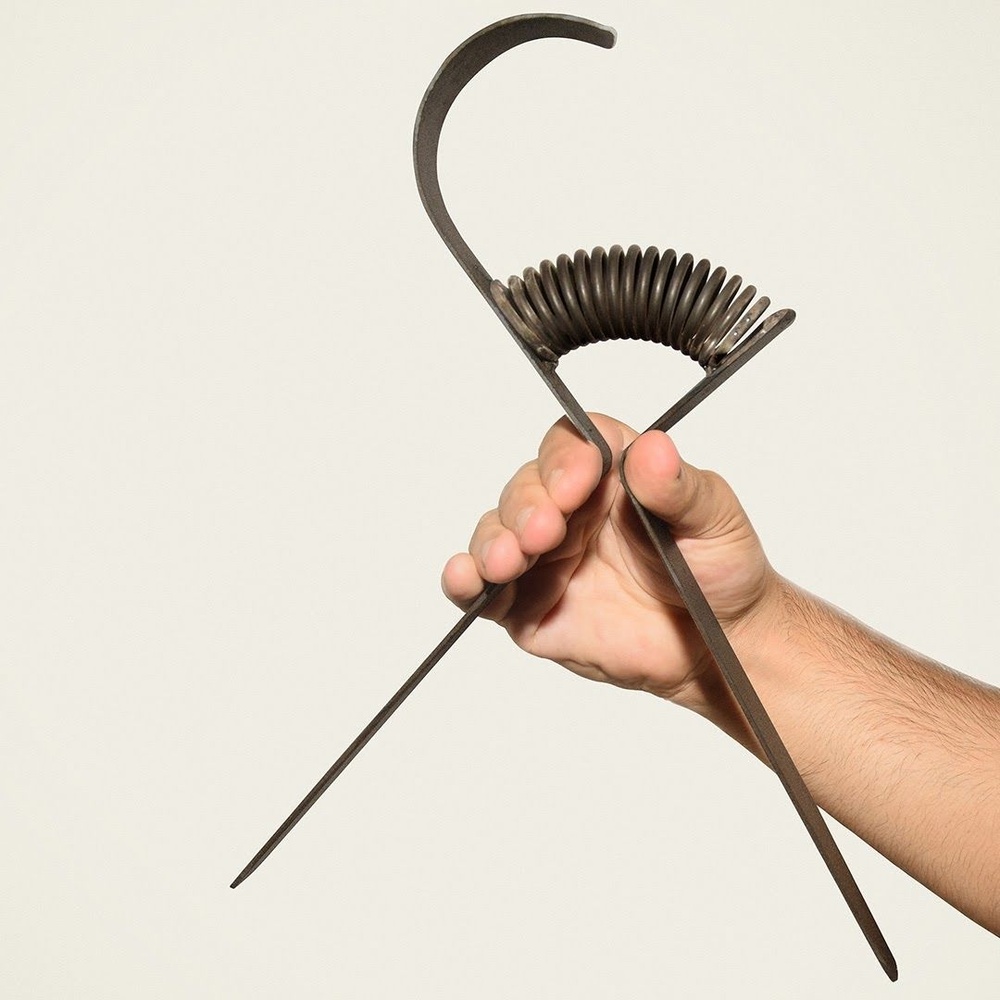
These projects were the first naive attempts to bring attention back to the design as a tool to improve everyday life, shifting the focus on real value instead of the mere aesthetic purpose.
